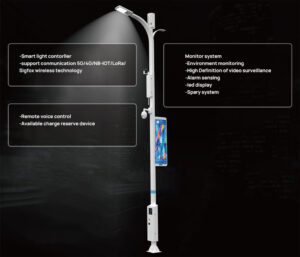The Global Landscape of Street Light Controller Technology: Application Traits and Market Trends in Ten Major Countries
Introduce
Streetlight controller technology is a product of technology that is being implemented in smart cities worldwide. These controllers are vital to managing the street lighting systems efficiently. It can control energy use and improve safety. You can include advanced technologies like sensors, wireless communication, and artificial intelligence. This way authorities can remotely control lighting networks. It will reduce energy consumption and minimize the carbon footprint.
Streetlights controlling systems are being used across various countries. It depends upon their technological advancements and market demands. Let us look into the application traits of street light controllers in the ten major countries.
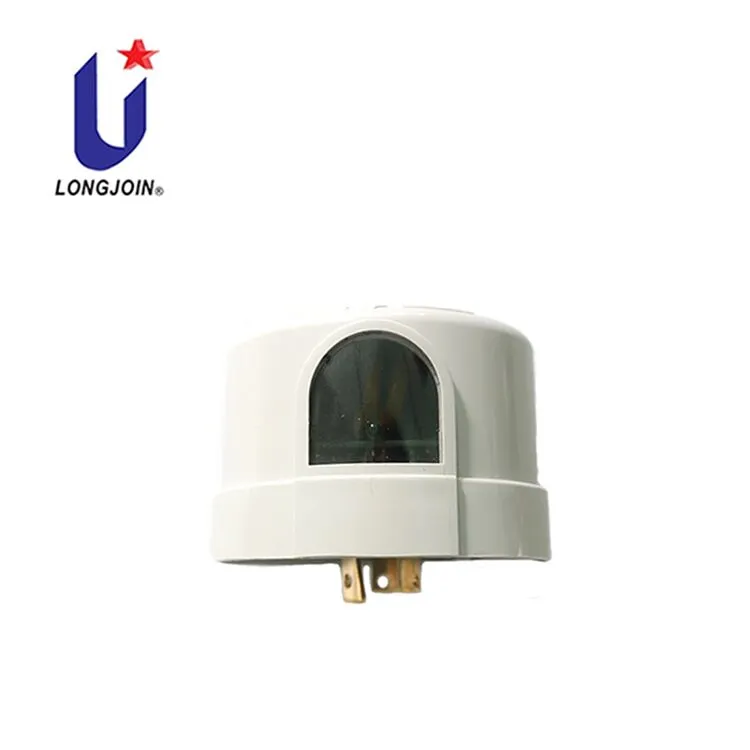
United States

The United States stands at the forefront of technological advancements. Their usage of streetlight controller technology is a reflection of their strength. Major cities like New York, Los Angeles, and Chicago are using smart lighting projects. It involves collaboration between municipal governments and utility companies.
- Smart Grids: Street light controllers work with smart grids. They help manage energy distribution. This improves efficiency and reliability.
- Advanced Sensors and Analytics: Controllers use advanced sensors to collect data on traffic, weather, and environmental conditions. This data helps optimize lighting.
- Policy Support: Federal and state policies support adoption. Energy efficiency standards drive implementation
China
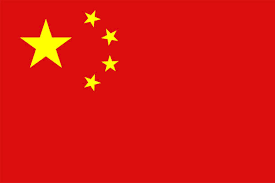
China’s rapid urbanization can never be ignored. This has made street light controllers a necessity. They emphasize smart city developments. Large-scale implementations are seen in Beijing, Shanghai, and many other cities. It makes them a global leader.
- Massive Scale: Large-scale deployment across urban and rural areas. Thousands of units are installed because Projects cover vast regions.
- Government-Driven Initiatives: Central government policies support the adoption of these systems. National programs like the National New-type Urbanization Plan fund projects for widespread use.
- Combination with IoT: Controllers connect with IoT ecosystems. They enable comprehensive data collection to improve urban management.
Germany
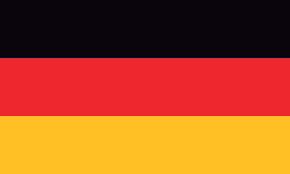
Germany is known for focusing on energy efficiency. They want to create a sustainable environment. The German cities Berlin and Munich are adopting advanced lighting systems to reduce the environmental impact. They are a leader in environmentally conscious urban development.
- Sustainable Practices: Their projects prioritize energy efficiency. They use LED lights and smart controllers to reduce energy consumption and emissions.
- Public-Private Partnerships: Municipalities and private companies work together for innovation. Pilot projects are a reflection of new technologies.
- Advanced R&D: Strong engineering supports development. Controllers have advanced features such as real-time monitoring and adaptive lighting.
Japan

Japan is popular for its high-tech solutions across various fields. Their continuous innovation extends to lighting systems. They are using broader smart city projects across cities like Tokyo and Osaka. It meets the smart city goals of Japan.
- High-Tech Integration: Controllers use AI and machine learning. Predictive maintenance and optimized energy use are key features of these High-tech solutions that drive efficiency.
- Pilot Projects and National Programs: Small-scale pilots test new technologies. National programs support these efforts.
- Collaboration: Major corporations like Panasonic and Toshiba lead development projects. They drive technological advancements.
India

India is rapidly finding its place in the global market. Primarily, India is implementing smart lighting solutions for the safety of its citizens. They are concerned about the growing crime rates. Thus, they have found a way to keep the streets illuminated. They are solving the issues of their environment through smart solutions
- Large-Scale Deployment: Urban and rural areas see extensive use. Diverse infrastructure needs broad implementation where controllers address various challenges.
- Adaptation to Local Conditions: Controllers handle power supply variability. Designs are rugged for extreme weather to certify Adaptability.
United Kingdom
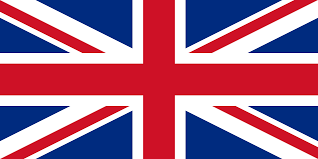
The United Kingdom is always focused on reducing carbon emissions. They aim to enhance energy efficiency through street light controller technology. Cities like London and Birmingham are leading in smart lighting initiatives. They aim for a greener environment.
- Carbon Reduction Goals: Reducing emissions drives adoption. Energy-efficient controllers support sustainability targets to meet National and local goals.
- Smart Lighting Projects: Local councils fund smart lighting while Government grants support initiatives.
- Smart Infrastructure: Controllers link with traffic management and connect to public safety systems. This creates cohesive urban ecosystems.
France
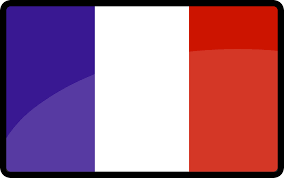
France’s adoption of streetlight controller technology is driven by national support. They pay much attention to energy efficiency and urban aesthetics. We see Paris and Lyon at the forefront. They aim to combine modern technology with aesthetics and environmental considerations.
- Government Support: National initiatives provide funding while Policies encourage smart lighting. Adoption is widespread due to support.
- Energy Efficiency and Aesthetics: Projects prioritize both efficiency and aesthetics. LED lights and smart controllers enhance city appeal and decrease energy use.
- Successful Implementations: Case studies show the effectiveness of their programs. Cities like Nice lead the way. Smart lighting improves infrastructure and reduces costs.
Australia

Australia’s adaptation to street light controller technology is shaped by its climatic conditions. Their vast geographic area makes it a necessity. We can see smart lighting projects in Sydney, Melbourne and Brisbane. They always look for strong and adaptable solutions.
- Climatic Adaptation: Controllers function in diverse climates as They are reliable in tropical and arid conditions. Durability is a key feature.
- Municipal-Technology Collaboration: Municipalities and tech providers work together to give Solutions that are tailored to local needs.
- Smart City Integration: Controllers integrate with smart city systems. They link with traffic and environmental monitoring to ensure Public safety.
South Korea

When we are talking about technological advancements, how can we forget South Korea? Their projects extend to street lighting controller technology. Seoul and Busan are leading in this regard. They always emphasize cutting-edge technology.
- Technological Advancements: Controllers use real-time data analytics. Advanced features like AI and IoT connectivity enhance functionality.
- Government Policies: Significant funding aids implementation while Policies drive widespread use.
- Metropolitan Implementations: Large-scale projects show benefits in Cities like Seoul. Urban infrastructure and public services have been improved.
Brazil
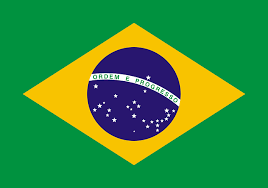
Brazil is using street light controller technology to address the challenges in its environment. It has diverse urban and rural areas. They have implemented this technology in major cities like San Paulo, Rio de Janeiro, and Brasilia.
- Infrastructure Challenges: Controllers address power supply issues as They adapt to varying urban development levels. Designs handle diverse environments.
- Urbanization Trends: Rapid urbanization increases demand for Smart lighting that enhances energy efficiency. Operational costs are reduced in populated areas.
Wrap Up!
The global street controller lighting technology is marked by a variety of strategies. They reflect the varying needs of every country. It depends upon their industrial policies and market demand. From the high-tech advancements in Japan and South Korea to the large-scale implementations in China and India, every nation archives its own goals. France combines aesthetics with technology, while Australia adapts technology to local conditions. No matter what the issues are, street lighting controller technology can help!
FAQs
What is street light controller technology?
It manages street lighting systems, optimizing energy use and improving maintenance.
How does it save energy?
By adjusting light intensity based on time, weather, and occupancy.
What are the types of controllers?
Wired and wireless, centralized and decentralized.
External Link:
https://www.cloudblue.com/glossary/iot-ecosystem/#:~:text=An%20IoT%20





